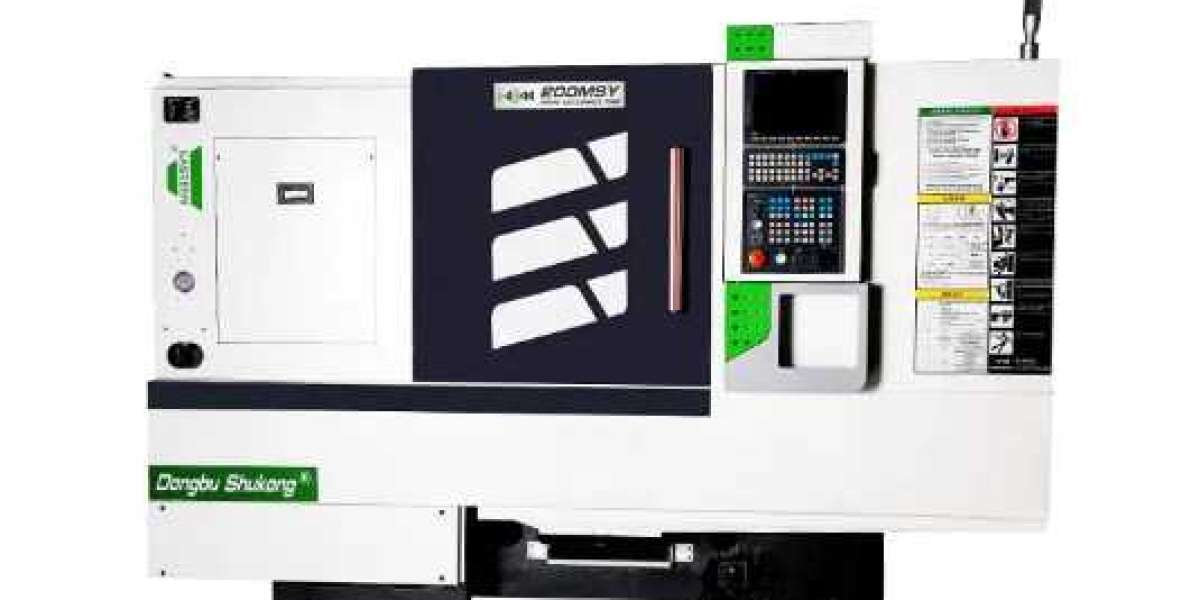The right choice of a multi axis lathe is crucial to ensure production efficiency and product quality. This article aims to provide readers with a comprehensive selection guide through a comparative analysis of technical specifications to make the best decision among the many multi axis lathes.
Key technical specification
When considering a multi axis lathe, the primary concern is the basic parameters, including the number of spines, the maximum diameter of the material that can be machined, the maximum machined length, and the spindle speed. These parameters directly affect the machining capacity and application range of multi axis lathes. For example, some multi axis lathes are configured with eight spines and are capable of handling materials up to 45 mm in diameter, which is suitable for scenarios where multiple processes are required at the same time.
Machining accuracy and surface quality
The machining accuracy of multi axis lathe is one of the core indexes to measure its performance. An excellent multi axis lathe should have high-precision spindle rotation and stable cutting forces to ensure that the machined parts have excellent dimensional accuracy and surface finish. In the selection, it is necessary to pay attention to the repeated positioning accuracy of the multi axis lathe and the spindle runout error, which are key factors in determining the processing quality.
Energy consumption and efficiency
The power output and energy consumption of multi axis lathe are the key to evaluate its economy. Low-energy multi axis lathes not only reduce operating costs, but also reflect an environmentally friendly attitude. When comparing different models, attention should be paid to their energy consumption performance under full load and no load conditions, and choosing those multi axis lathes with high energy efficiency will bring considerable cost savings in the long run.
Selection strategy overview
Demand analysis: Identify your specific processing needs, including material type, size range, accuracy requirements, etc.
Budget considerations: Develop a reasonable investment budget, taking into account equipment acquisition costs, maintenance costs and potential energy savings.
Technical assessment: In-depth understanding of the technical specifications of multi axis lathes, including the level of automation, energy efficiency and machining accuracy.
Supplier visits: Study the manufacturer's service support system, including after-sales service, technical training and spare parts supply.
Field trips: If conditions permit, visit the factory or try out the multi axis lathe to get a visual sense of its performance and reliability.
Through careful comparison and thoughtful consideration, you will be able to choose the multi axis lathe that suits your production needs, injecting new vitality and competitiveness into your business.








